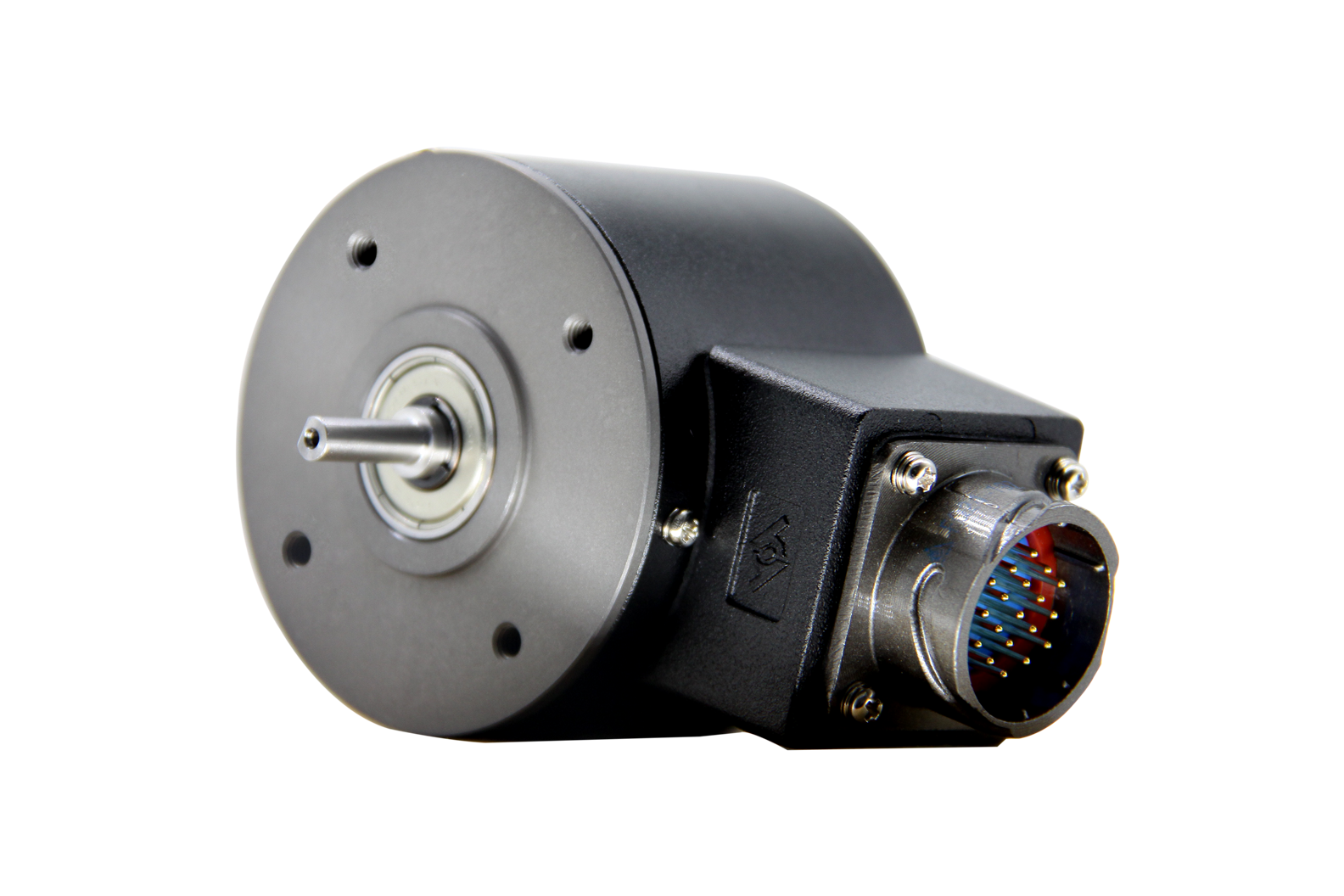After nearly two decades of development, Fuji inverter has made great progress in terms of the shape of the machine, the application of new devices on the circuit board and the integration of components. The new products are constantly being updated. The early 2 series was developed to the current 11 series, and the general-purpose G series, the P-series for fans and pumps, the simple E-series and the K-series, and the ultra-small C-series are introduced according to the load characteristics. And the VG3 inverter dedicated to the elevator. As well as the early high-power G7, P7 series (above 30kW), Fuji inverter also provides a series of option cards including dry junction relay output cards, digital analog interface cards, PG feedback cards and two motors. Synchronous card that runs synchronously. The introduction of a series of frequency converters and the application of option cards have basically met the needs of different users, and have become the basis for the development of Fuji inverters.
l OC1, OC2, OC3
Fault display OC1, OC2, OC3, which is one of the most common faults of Fuji inverter. It includes overcurrent in inverter acceleration, overcurrent in deceleration, and overcurrent in constant speed. The main causes of this fault are The following are:
(1) The acceleration time is too short, which is the most common in our overcurrent phenomenon. According to different load conditions, we can adjust the acceleration/deceleration time accordingly to eliminate this fault.
(2) Damage to high-power transistors may also cause OC alarms. Fuji inverter's high-power transistors have undergone several replacements with the development of semiconductor technology, from the early use of G2 (P2), G5 (P5), G7 ( The GTR module of the P7) series, the IGBT module of the G9 (P9) series, and the IPM module used until now, have greatly improved both the packaging technology and the protection performance, high withstand voltage, high current, high frequency, Low-power, quiet, and multi-protection features have become the trend of high-power transistor modules. The damage of the high power transistor module may be caused by the following reasons:
a) The output load is short-circuited;
b) the load is too large and a large current continues to appear;
c) The load fluctuates greatly, resulting in excessive surge current, which may cause OC alarm and damage the power module.
(3) Damage to the drive circuit that drives the operation of high-power transistors is also a cause of overcurrent alarms. Fuji G7S and G9S use PC922 and PC923 as the core parts of the drive circuit respectively. Due to the built-in amplifier circuit, the circuit design is simple, and it is widely used by many inverter manufacturers including Fuji inverter. The most common phenomenon exhibited by the damage of the drive circuit is the lack of phase, or the three-phase output voltage is unbalanced.
(4) The damage of the detection circuit will also cause the inverter to display the OC alarm. The Hall Sensor that detects the current is affected by environmental factors such as temperature and humidity, and the operating point is prone to drift, resulting in OC alarm.
· Switching power supply damage Switching power supply damage A more obvious feature is that the inverter does not display power, Fuji G5S uses a two-stage switching power supply, it first converts the DC voltage of the intermediate DC loop from more than 500 V to more than 300 V, and then Through the first-level switching power supply output 5V, 24V and other multi-channel power supply, the switching power supply is damaged by the switch tube breakdown, the pulse transformer burnout, and the secondary output rectification diode damage, the filter capacitor is used for too long, resulting in capacitance characteristics. Changes, load capacity decreased, it is also easy to cause damage to the switching power supply. Fuji G9S uses a waveform-generating chip dedicated to switching power supplies. Due to the high voltage of the main circuit, it often causes damage to the chip. Since this chip market is rarely available, the damage is more difficult to repair.
· Rectifier bridge damage rectifier bridge damage is also a common fault of Fuji inverter, Fuji G7S uses a rectifier module with thyristor, it is different from ordinary rectifier bridge is that it replaces the main loop contactor with thyristor Improve the reliability of the machine. G9S low power machine rectifier bridge is integrated with thyristor and switch tube. The damage of the rectifier bridge is often closely related to the external power supply of the machine. When the rectifier bridge fails, we can no longer blindly power on the power supply. The peripheral equipment should be checked first.
· LV, OV
Undervoltage and overvoltage are also common faults of Fuji inverters. This has the possibility of fault alarm caused by main power factor, and the possibility of alarm caused by damage to the machine detection circuit. Fuji G5S uses a customized voltage detection thick film phone to detect The main circuit DC voltage level, G7S, G9S is directly from the DC main circuit sampling detection, the detection effect is the same.
In addition, Fuji inverters often have some alarms that are closely related to the motherboard, including (Err, Er1, Er7, Er3), etc. The faults of the inverter are various, but the principles of the inverter are similar, only in There are differences in the lines of function realization. This requires us to constantly summarize in practice, find problems better and solve problems faster, and hope that those of us who are engaged in frequency conversion maintenance can provide more help for the majority of users.
Rotary encoders are used as sensors for angle,position,speed and acceleration. We can offer incremental encoders and absolute encoders.

Absolute Encoder,Custom Encoder On Motor,Custom Optical Encoders,High Resolution Encoder
Yuheng Optics Co., Ltd.(Changchun) , https://www.yuhengcoder.com